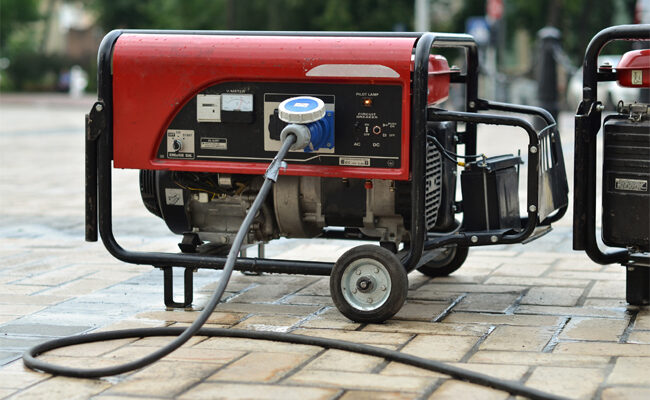
Is your generator not working the way it should be? You need to start doing generator repair. But you’re not sure about the steps you need to take to fix your generator.
If you want to learn the steps you need to take to repair your generator, keep reading. Our guide will tell you everything you need to know about fixing a generator.
Prepare to Examine Your Generator
Before you start repairing your home generator, you’ll need to put safety first. Electrical generators are dangerous when they’re misused or if you mishandle them.
Be sure to invest in a good pair of work gloves. These gloves will protect you from cutting your hands and from electrocuting yourself. A pair of safety glasses will protect your eyes when you work.
Work on your generator outside in an open area on a flat, dry surface to prevent accidents.
Identify the Problem
Before you start the repair process, try some general generator troubleshooting. First, you’ll need to check your generator’s power sources.
When looking at your generator, check if its utility power is at the correct percentage. Examine the battery to see if it needs replacing.
Look into the automatic voltage regulator’s voltage and frequency levels. Consult your generator’s manual. You’ll find the frequency and voltage your generator should be at.
After you’ve completed these steps, check the operational parts of your generator.
Make sure your generator’s fuel filter is working. Look at the cooling system parts to be positive your generator is not overheating.
Once you’ve identified what is and isn’t working, you can start generator maintenance.
Simple Repairs That Will Save You
Try cleaning your generator’s gas vent. Either push air or a long, sharp object through your gas vent to clean it. A clogged gas vent prevents your generator from getting the power it needs.
Leaks from coolants could be the cause of your generator’s problems. Update your generator’s coolant hoses to stop your generator from shorting out.
Your generator could be suffering from low oil. Check your generator’s dipstick. Before you fill-up, the oil, be sure to check if the oil in the generator is good.
Watery or odd-colored oil will spell disaster for your generator. If your oil is bad, you’ll need to replace it with good oil.
Know When to Turn To a Professional
Replacing bad parts and checking that your generator’s oil can take you far. But there are times when your generator needs a professional mechanic’s attention.
After using these tips, you may discover your generator’s problem is more than you can handle. You need to leave some fixes to the professionals, so you don’t further damage your generator.
Click here to learn more about what could warrant a professional’s services.
Find the Best Methods for Generator Repair
Making sure you know about generator repair will keep your generator running for a long time. Whether you’re fixing it yourself or taking it to a professional, your generator will be ready.
Do you want even more helpful tips? Explore our other articles to find more advice.
Leave a Reply